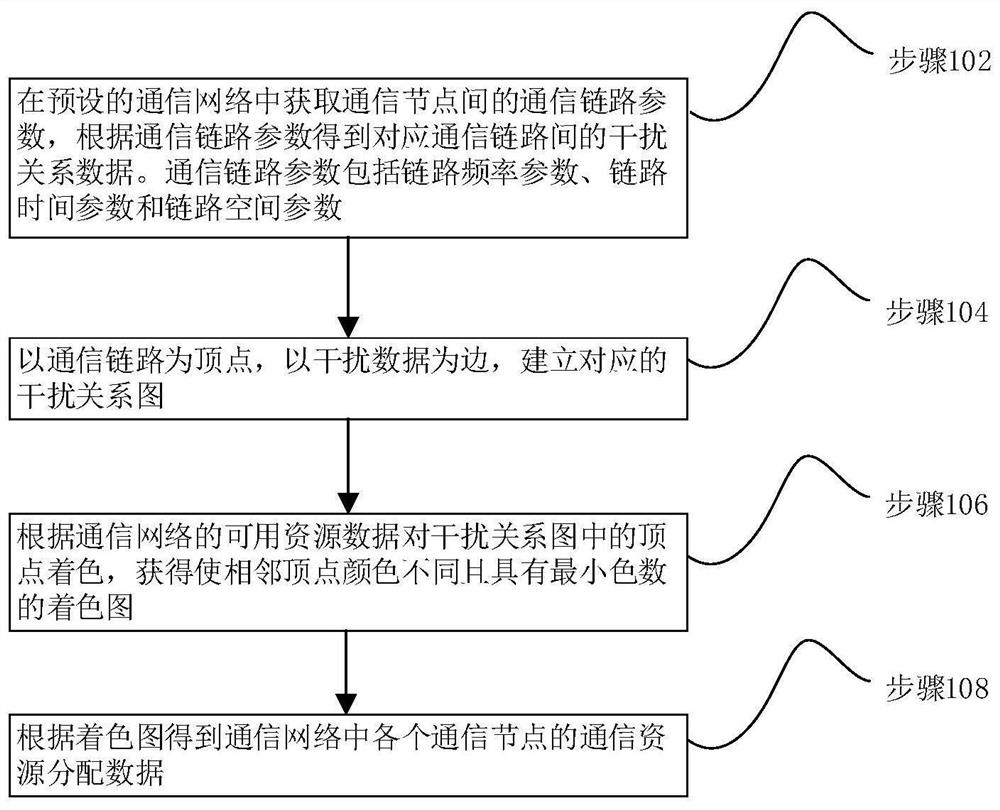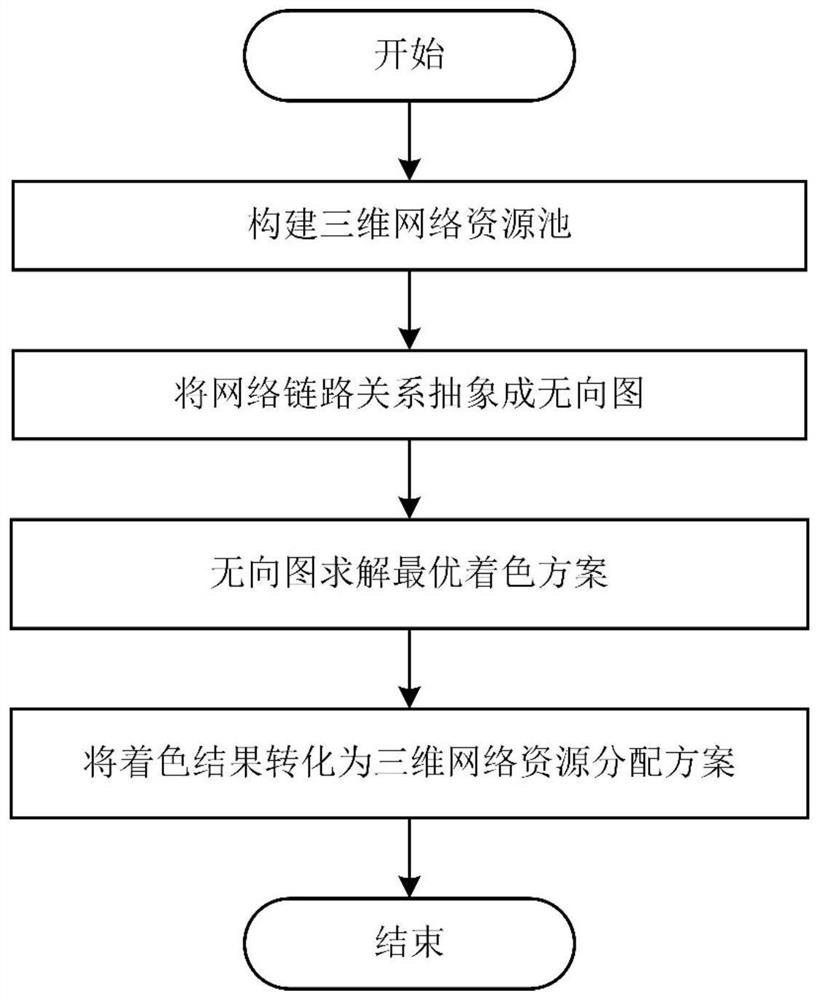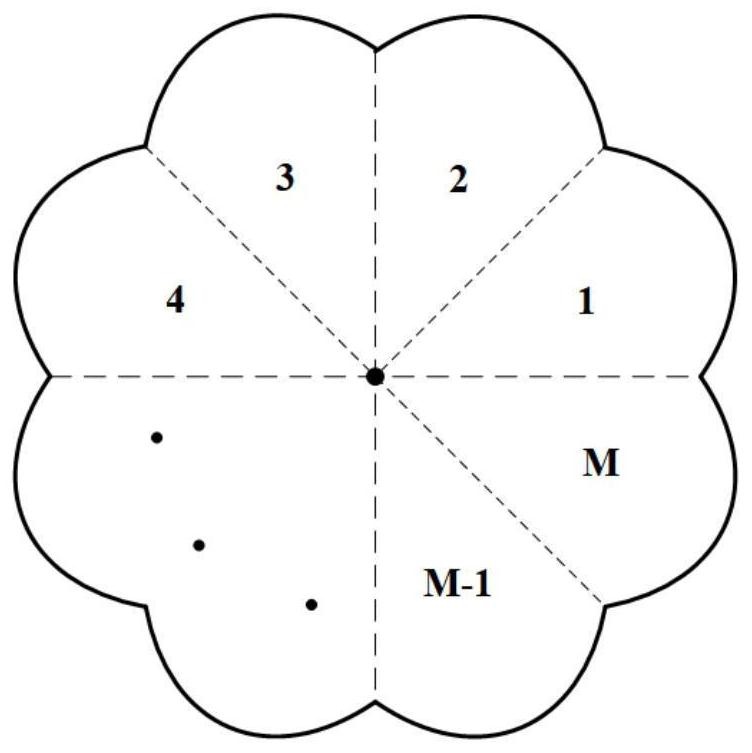A Method and Device for 3D Network Resource Allocation Based on Graph Coloring Problem
A 3D network and resource allocation technology, applied in the field of 3D network resource allocation based on the graph coloring problem, can solve problems such as limited frequency resources, resource competition, and conflicts in the UAV network, and reduce the waste of network communication resources and improve communication resources. The effect of utilization
- Summary
- Abstract
- Description
- Claims
- Application Information
AI Technical Summary
Problems solved by technology
Method used
Image
Examples
Embodiment Construction
[0063] Step 104, taking the communication link as a vertex and taking the interference data as an edge, establishes a corresponding interference relationship graph.
[0065] In this application, eliminating interference between communication links is specifically a process of performing graph coloring. The communication network can make
[0066] In step 108, the communication resource allocation data of each communication node in the communication network is obtained according to the coloring map.
[0071] In step 204, a distance value between communication nodes is obtained in a preset communication network. When the distance value is not greater than the preset
[0075] For the obtained communication links and the parameters of these communication links, a corresponding interference relationship diagram is obtained. when two links
[0076] Step 208, using Boolean algebra to obtain the minimum coverage data of the interference relationship graph. According to the minimum cover...
PUM
 Login to View More
Login to View More Abstract
Description
Claims
Application Information
 Login to View More
Login to View More - R&D
- Intellectual Property
- Life Sciences
- Materials
- Tech Scout
- Unparalleled Data Quality
- Higher Quality Content
- 60% Fewer Hallucinations
Browse by: Latest US Patents, China's latest patents, Technical Efficacy Thesaurus, Application Domain, Technology Topic, Popular Technical Reports.
© 2025 PatSnap. All rights reserved.Legal|Privacy policy|Modern Slavery Act Transparency Statement|Sitemap|About US| Contact US: help@patsnap.com



